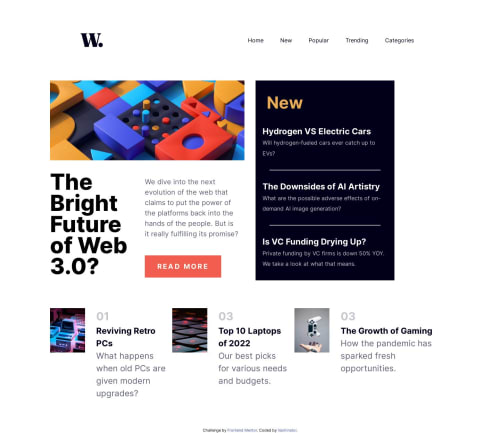Grid and Flex combine to make this

Solution retrospective
I had a lot of trouble with this one. The biggest one being a lot of extra white space. Even in the final one, I have too much whitespace to the right of the sidebar.
I realize the code is a bit of a mess currently. I plan to change my strategy when it comes to naming things a bit for my next project so I am hoping that will help. I have left some code in like the counter part so you can see what I was trying but may not have gotten to work.
Questions:
- How can I better control white space? I know one way would be to change the size the grid sections, but I was unsure this was the best approach due to responsiveness.
- Best practice wise, how did I do? I know I have a long way to go here!
- I tried to handle the counters via the CSS counter functionality, but I could not find anyway to get the counter to be on it's own line. I tried to add a br to the HTML, I tried to insert \A in the CSS content section.
I definitely know it's not perfect, but felt I would be better off getting feedback than to keep spinning my wheels.
Please log in to post a comment
Log in with GitHubCommunity feedback
- @0xabdulkhaliq
Hello there 👋. Congratulations on successfully completing the challenge! 🎉
- I have other recommendations regarding your code that I believe will be of great interest to you.
HTML 🏷️:
- This solution may cause accessibility errors due to lack of semantic markup, which causes lacking of landmark for a webpage and allows accessibility issues to screen readers, due to accessibility errors our website may not reach its intended audience, face legal consequences, and have poor search engine rankings, highlighting the importance of ensuring accessibility and avoiding errors.
- What is meant by landmark ?, They used to define major sections of your page instead of relying on generic elements like
<div>or<span>. They are use to provide a more precise detail of the structure of our webpage to the browser or screen readers
- For example:
- The
<main>element should include all content directly related to the page's main idea, so there should only be one per page - The
<footer>typically contains information about the author of the section, copyright data or links to related documents.
- So resolve the issue by replacing the
<div class="attribution">element with the proper semantic element<footer>in yourindex.htmlfile to improve accessibility and organization of your page
- And along with that make sure to add
#forhrefattribute of achor (a) element, this will help to improve the SEO score in pagespeed insights.
.
I hope you find this helpful 😄 Above all, the solution you submitted is great !
Happy coding!
Join our Discord community
Join thousands of Frontend Mentor community members taking the challenges, sharing resources, helping each other, and chatting about all things front-end!
Join our Discord